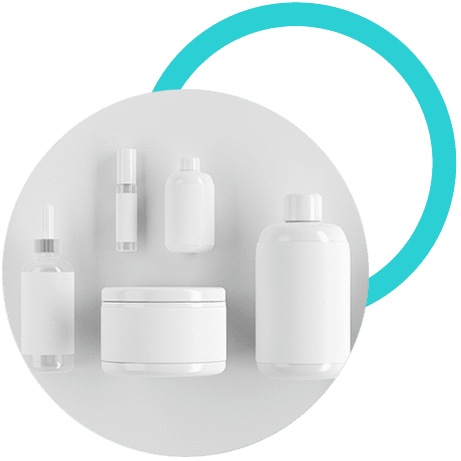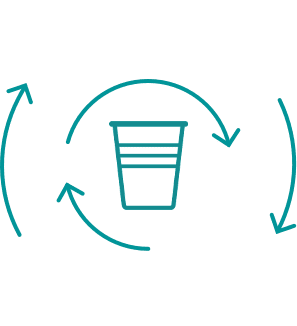Pack-CD
An innovative tool that helps companies predict and modify the environmental impact of their containers before they are manufactured.
Its purpose is to assess sustainability and offer improvement recommendations to companies, in such a way that they can be applied to the initial design and manufacturing stage, which is what determines 80% of the environmental impact of a container.
A container is more sustainable the lower the environmental footprint of its residue.
To this end, PackCD offers technical information on the true behaviour of the container at the end of its useful life, that is, the moment a person deposits it in a container, until it becomes a new raw material and is reintroduced into the production process of a new product.
Thanks to this, it is possible to boost a sustainable and circular design taking into account all the aspects that affect the environmental impact of the container.


How?
In order to provide an appropriate response to all the needs of the design teams, the results of the analysis of the sustainability level of a container are transmitted through four independent categories:
- Functionality: Assesses the level of suitability of the packaged product to be conserved and the features that the container offers.
- Environmental impact: Through a life cycle analysis (LCA), a study is made of the environmental impact the container will have from the moment raw materials are extracted or reused for its manufacture until it is recycled again to enter the process once more.
- Treatment: Assesses the performance of the container during its waste management process, from the moment it is deposited in the waste bin until it leaves the selection plant.
- Second life: Studies the level of suitability of the container to be recycled in the flow for which it is intended in accordance with current industrial recycling standards, as well as its capacity to be reintroduced into the market as a new secondary raw material.
In addition, once these categories have been analysed through the software and a result has been obtained, the tool offers a series of recommendations for improvement and a number of critical points for each of the categories. In this way, the design team will be able to assess the different ways of producing their container and take a decision supported by an exhaustive analysis of all its properties.